Hundreds of people have signed up to hear a top coastal ecology expert talk about the impacts of climate change on the flood threat affecting Uist.
In his free online lecture, NatureScot’s coastal ecology manager Professor Stewart Angus will say the issues affecting Uist are larger than sea level rise.
The scientist has been researching the Uist machair for nearly 40 years and has co-written a flood strategy for the area.
Speaking ahead of the event, he said: “Not many people realise that even if we reach global net zero, sea level is going to carry on rising for centuries, and that’s according to the Intergovernmental Panel for Climate Change.
“So, we have to look at plans for adaptation as well as reducing our carbon emissions, and to adapt you need to understand what you are doing, because if you don’t, you can actually cause more damage than the climate change.”
In his talk, Mr Angus will examine the eight aspects of vulnerability for Uist, linking them together as he builds a picture of the flooding problem which tragically claimed the lives of a family in 2005.
‘Local people hold the keys to resilience’
Professor Angus will highlight ways of improving the resilience of Uist, describing a strategy co-authored with Professor Jim Hansom of the University of Glasgow.
The professors suggest that a partnership between science and local knowledge is vital to ensure that adaptation is well-planned and does not become part of the problem.
Mr Angus added: “Though science is critical to decision-making, it would suggest that the decisions themselves should be taken by local people.”
How can I watch the talk?
The talk is being held tomorrow night (Wednesday, March 1) at 7.30 pm.
Register to join the event for free by clicking here. Email swtnosgroup@gmail.com for more details.
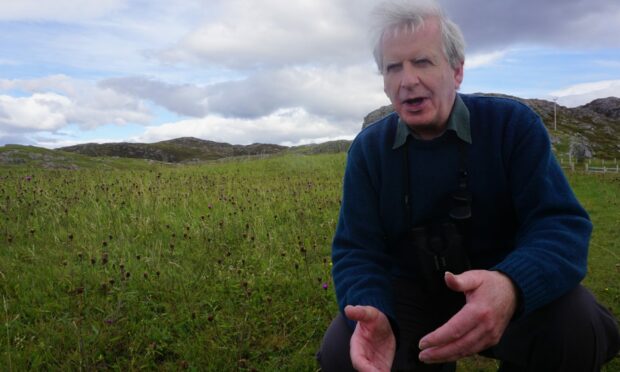

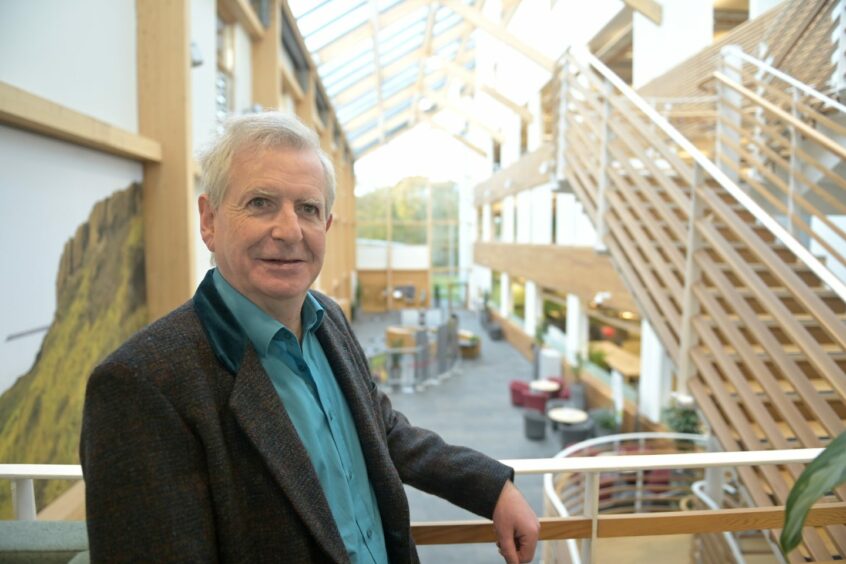

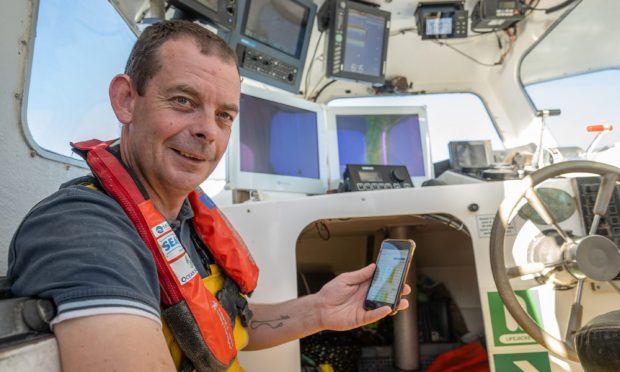
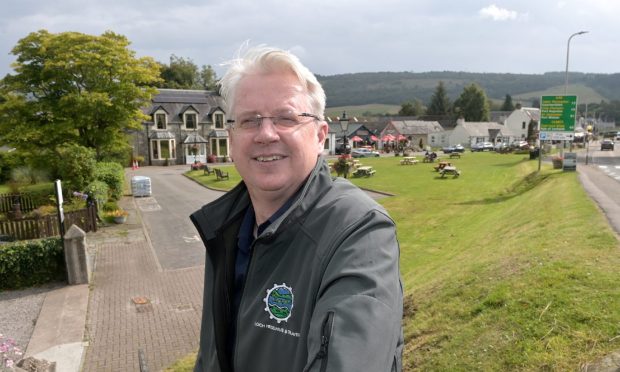

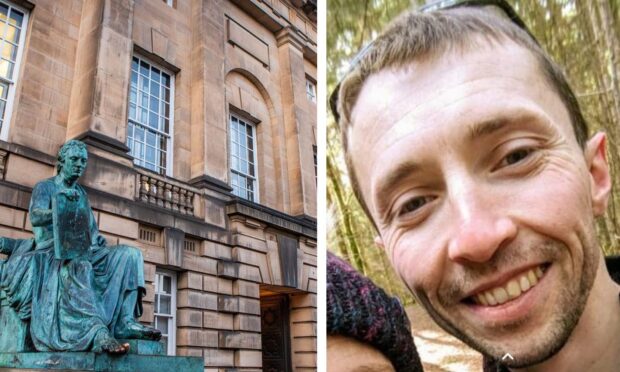

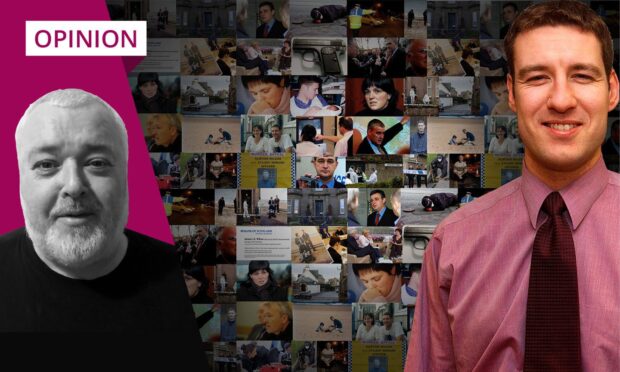

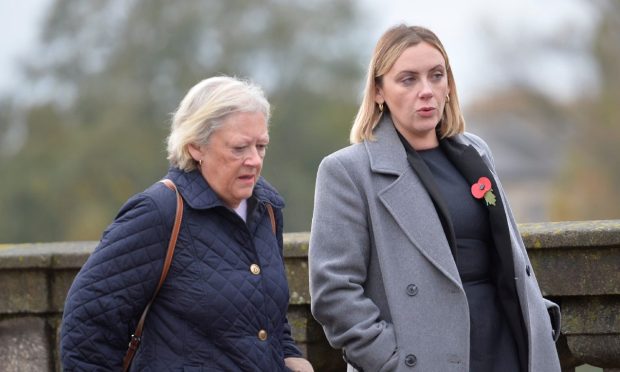

Conversation